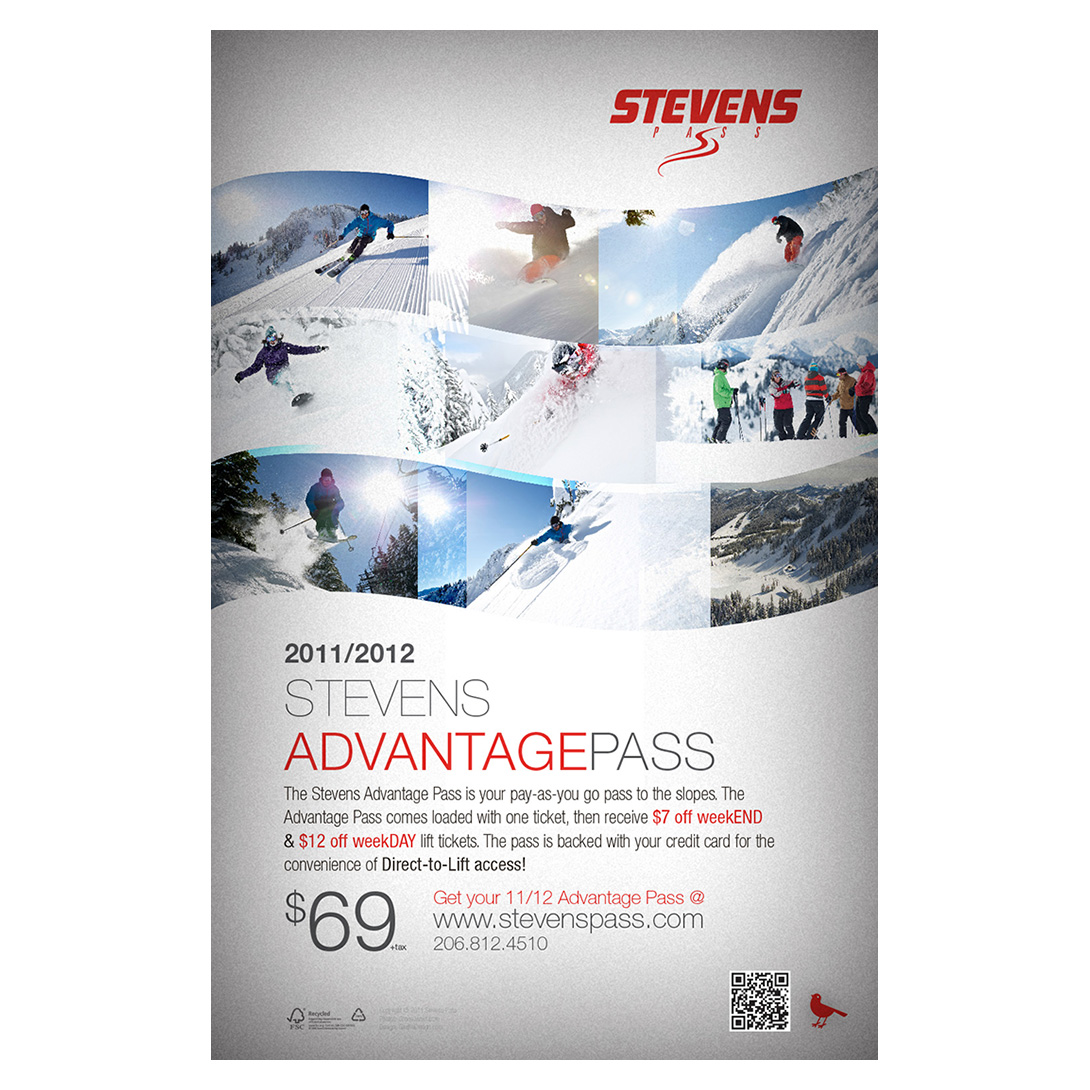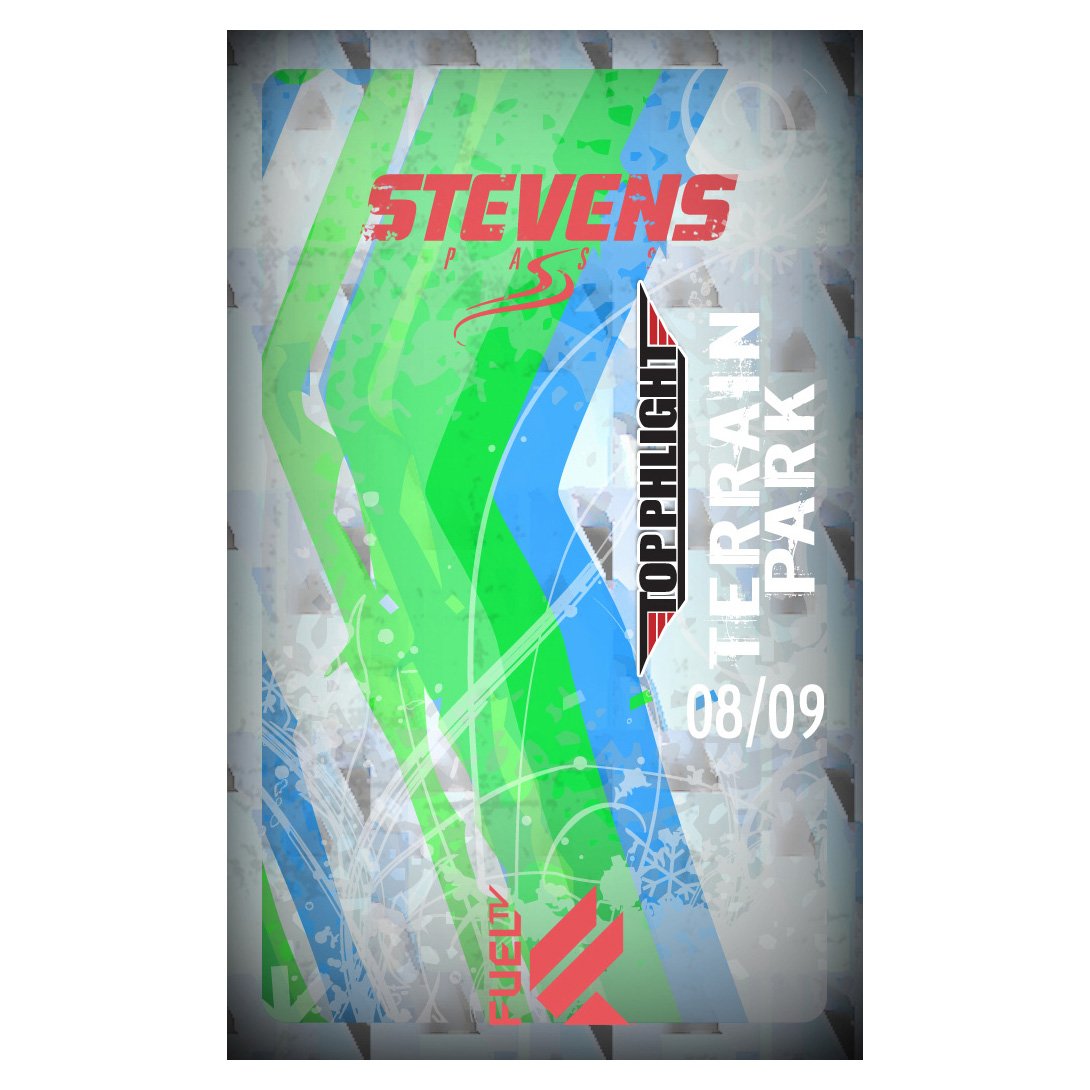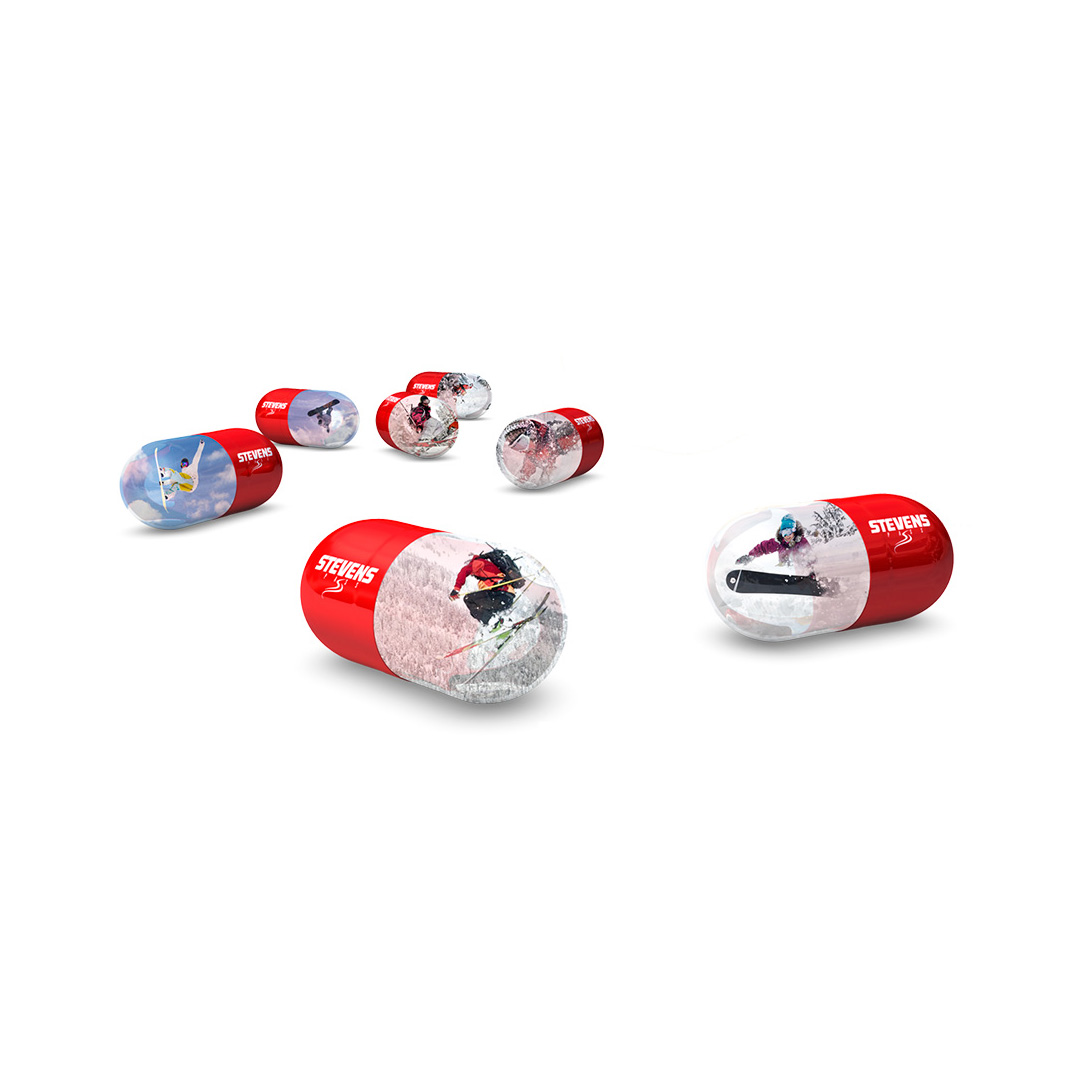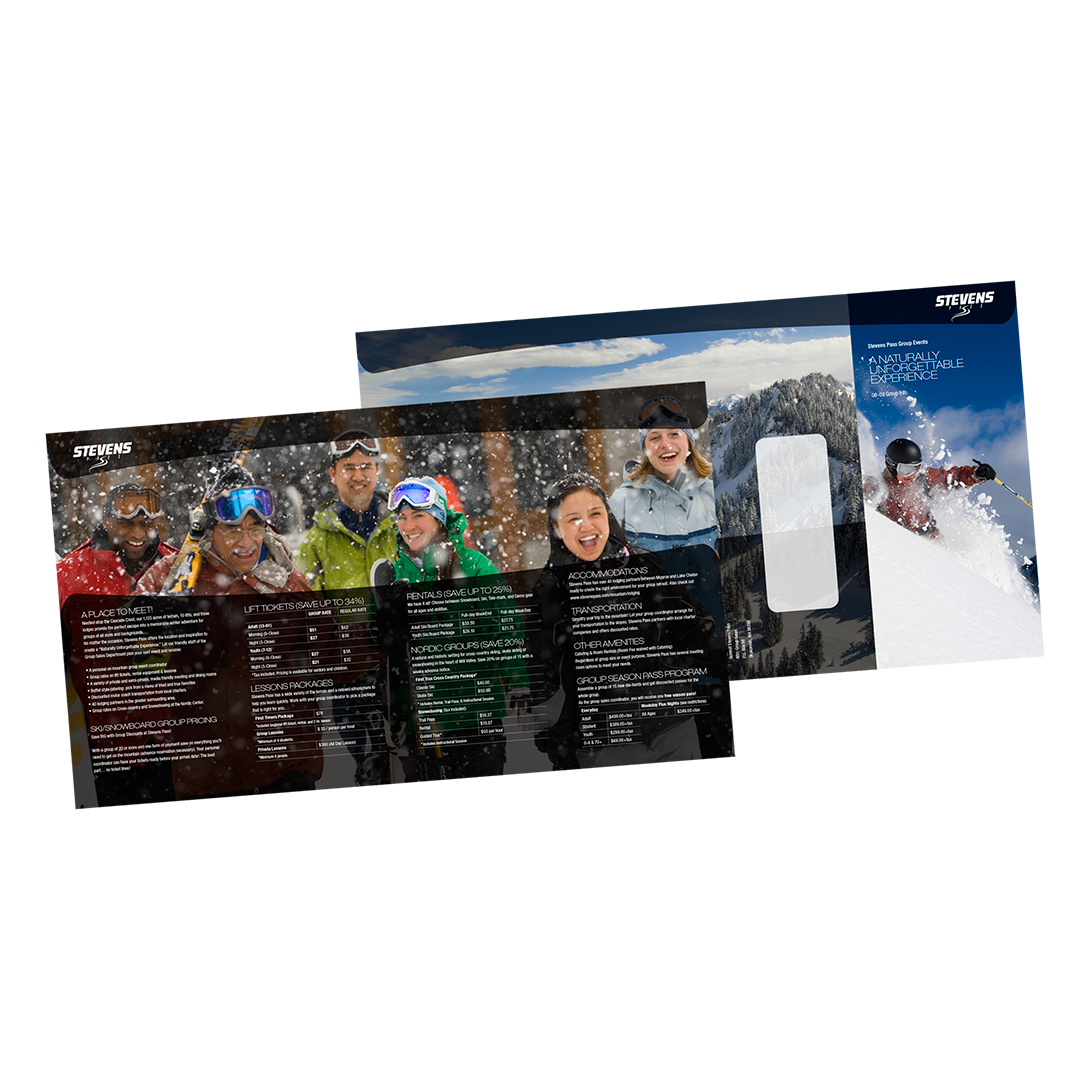Top Strengths
My top three strengths, according to Gallup CliftonStrengths
- Strategic—"You create alternative ways to proceed. Faced with any given scenario, you can quickly spot the relevant patterns and issues.”
- Responsibility—“You take psychological ownership of what you say you will do. You are committed to stable values such as honesty and loyalty.”
- Futuristic—“You are inspired by the future and what could be. You energize others with your visions of the future.“
Leadership
How I lead
Everyone has strengths and weaknesses. I find strengths in each person, and cultivate ways to amplify their efforts. Where they’re weak, I find ways to support them. At PayScale, our core team principles are:
- Collaboration
- Curiosity
- Empathy
- Exploration
- Integrity
Read more: Hello world! It’s the PayScale UX team
I seek out problems and opportunities across the organization. Bridging gaps in communication and understanding, I find common ground and connection between customer service, engineering, product management and other teams.
Successful Design
Know your audience
Understanding your audience or users is key in providing direction. With understanding comes empathy, and we can align stakeholders, decision makers and contributors.
Fundamentals
Every design team needs solid skills in visual design, interaction design, information architecture and usability.
Align on outcomes
Have you ever been in a conference room with a dozen people from marketing, sales, CS, product and engineering and debated on if something should be a dropdown or a few buttons? (If you haven’t, congrats!) Those are all great people to talk to - for aligning on outcomes.
Those stakeholders all have needs that a solution may address. What do those needs look like? What is the success criteria to meet those needs? Having the right conversations at the right times is vital.
Success criteria should be shared across teams. For example when a design team wins, it should be based on delivering key results to users and stakeholders.
Be as objective as possible
A successful design is not a matter of opinion. Many aspects of design are measurable, and can be aligned with key results or KPIs.
Validate
No amount of education, training, experience, research, planning, meetings, consensus building or time can compensate for results of real users having a real experience. The other artifacts can inform, guide and inspire, but at the end of it all, if the solution doesn’t work for the user, it doesn’t work.
True validation only comes after testing with real users in the real world. In many cases, the sooner a solution can get to that state, the better.
The last five+ years
Pay matters
I picked PayScale because it solve a real problem. 78% of US workers live paycheck to paycheck. Every dollar counts, and I have been able to influence how thousands of companies and millions of employees are paid.
Created results. Built a team.
PayScale had no dedicated UX or product designer, or user researcher, let alone a design team. I came in ready to make a huge impact. Here’s a few things I changed about PayScale:
Research
Data—We had very little data on how our customers used our products. We could view specific events if they were tagged, but nothing more. I spearheaded and implemented tools to solve this. The tools were also adopted by Product & CS. From this, significant product changes were made resulting in easier to use products. With the resulting focus, massive amounts of engineering time was saved.
Field studies—Over five years we visited many customers, in their offices, to dive deep and better understand them. I also trained others to do the same. This rich understanding of customers was incredibly valuable in solving the right problems and getting alignment amongst contributors.
Design system
To save engineering cycles, improve design consistency and let us focus on bigger issues, I designed and built our original "Experience Language". After a couple years, it became company-wide with many contributors. View it at pxl.payscale.com
Beta testing
PayScale had no method of shipping a feature to a subset of users. I championed adding this ability. Our products are data heavy, and testing with "synthetic" prototypes does not yield reliable results. Now our process is much more dialed in and nearly all new features go out this way to start.
Vision
When I started, we had a product and were adding features to it. When I left, we had a group of target personas, targeted solutions for each, and designers dedicated to serving each persona.
Team
Several incredible people chose to join me in the dream of making a big impact. The work was not easy, nor was changing a culture. They always put their best foot forward and worked together to raise the bar for our users and our business.
Front-end development
Leveraging some of my development background, I helped create greater consistency, quality and effiency in front-end development. I added a senior front-end engineer to the UX team. He worked across teams to formalize our front-end best practices and training.
The Work
I’m happy to share details & processes. For now, I’ll keep this simple.
PayScale
(2014-2020)
Team
PayScale's first mobile business product. We took the intricacies in compensation management and made it something so simple managers could use it.
Before
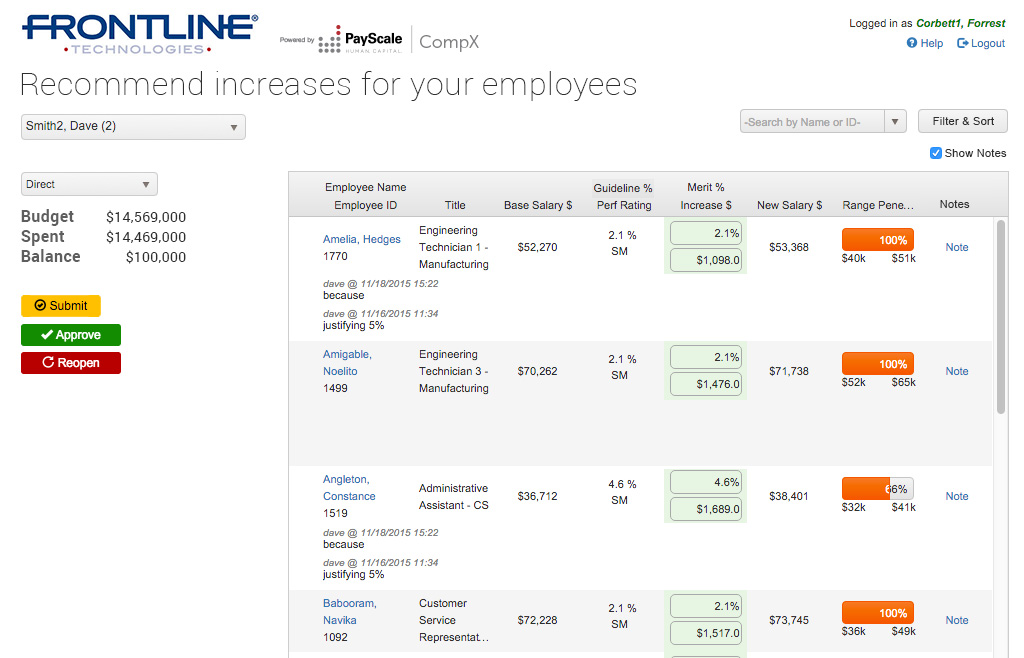
After
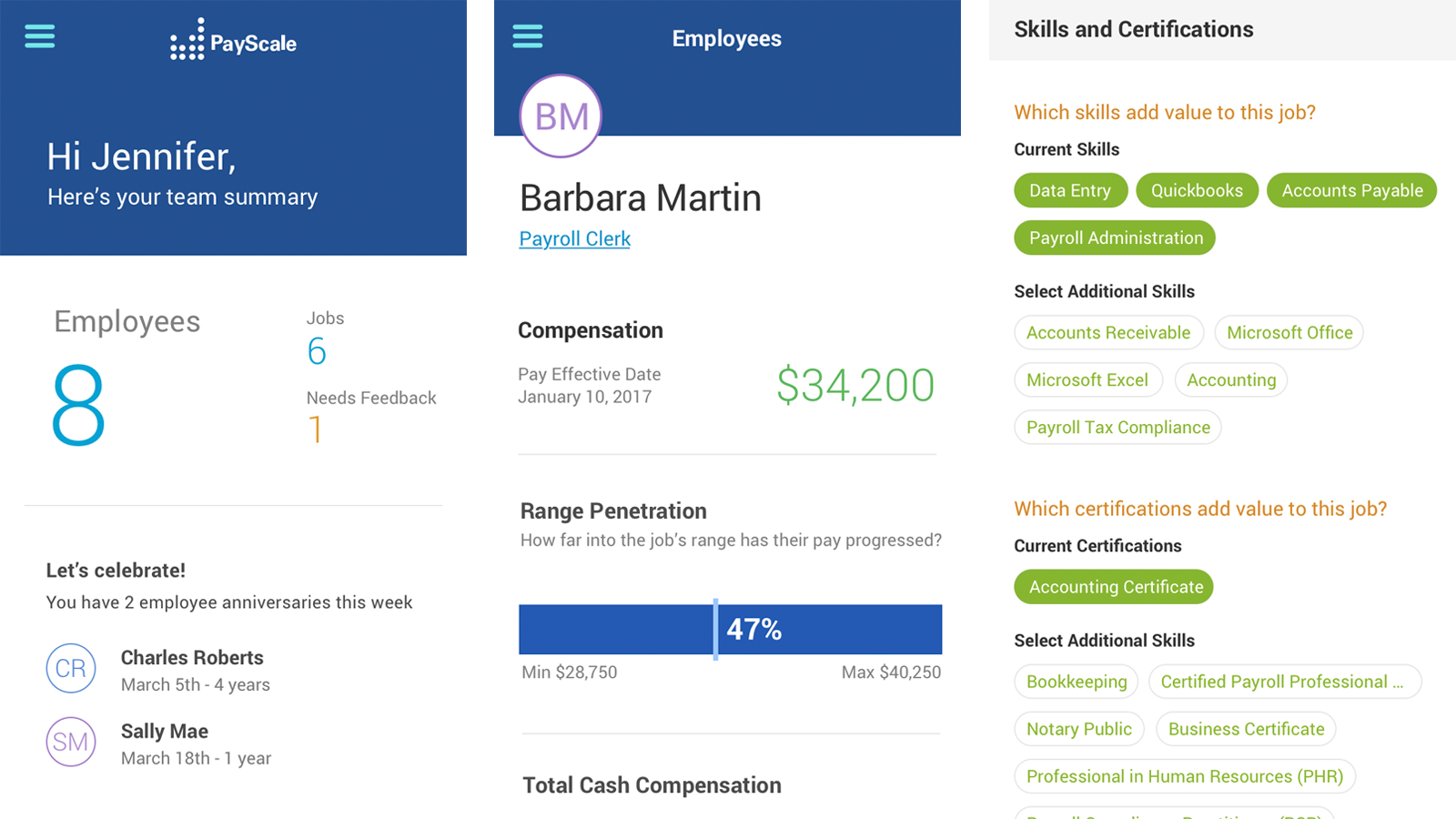
MarketPay
Going up against competition, the "before" dashboard would lose 80% of the time. After the release of the new dashboard, that flipped and we won 80% of deals.
Before
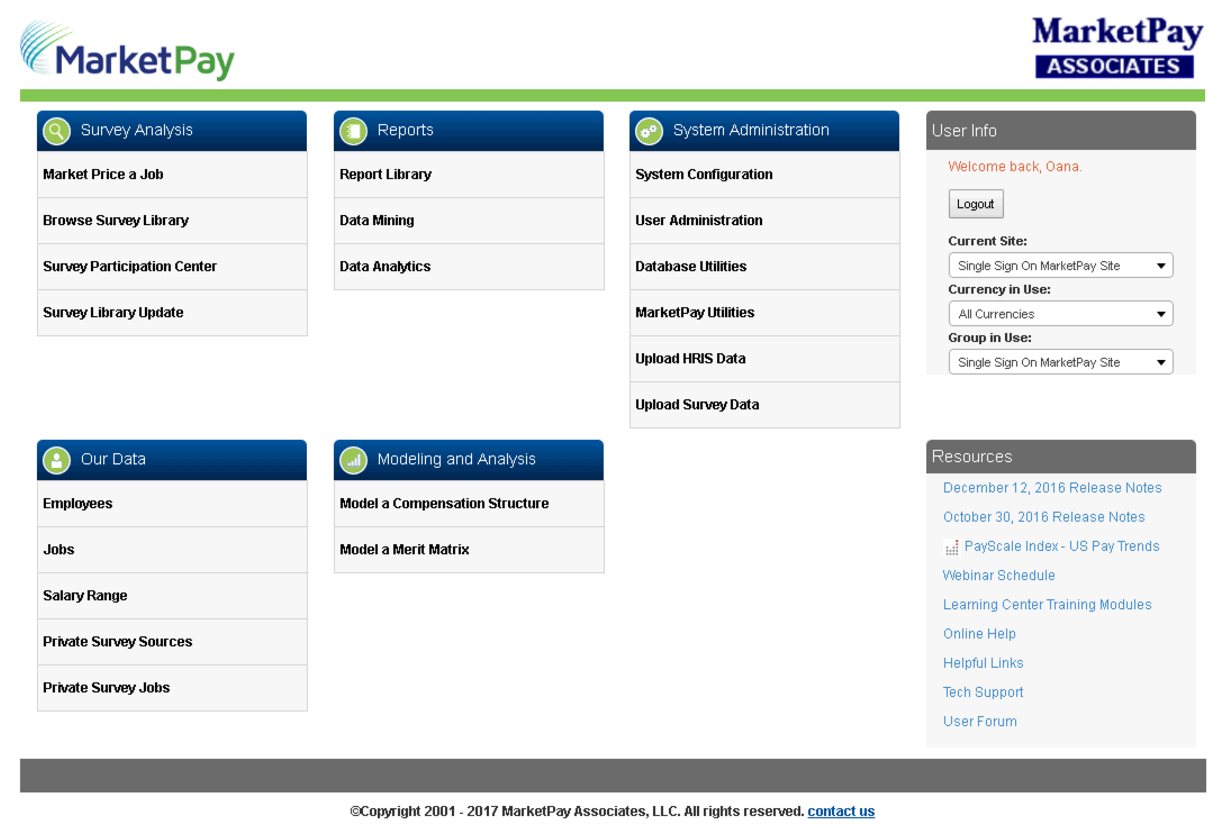
After

Before
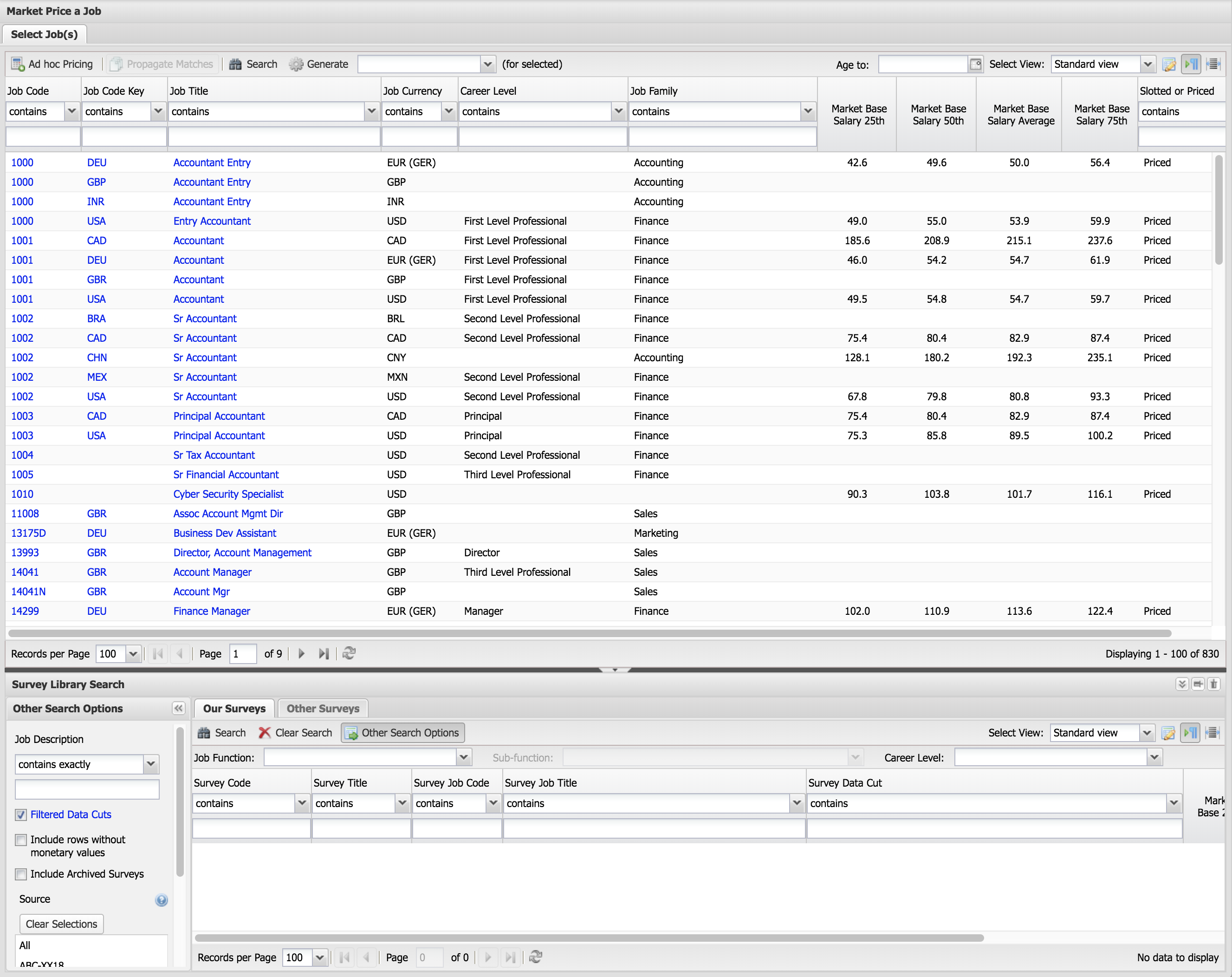
After
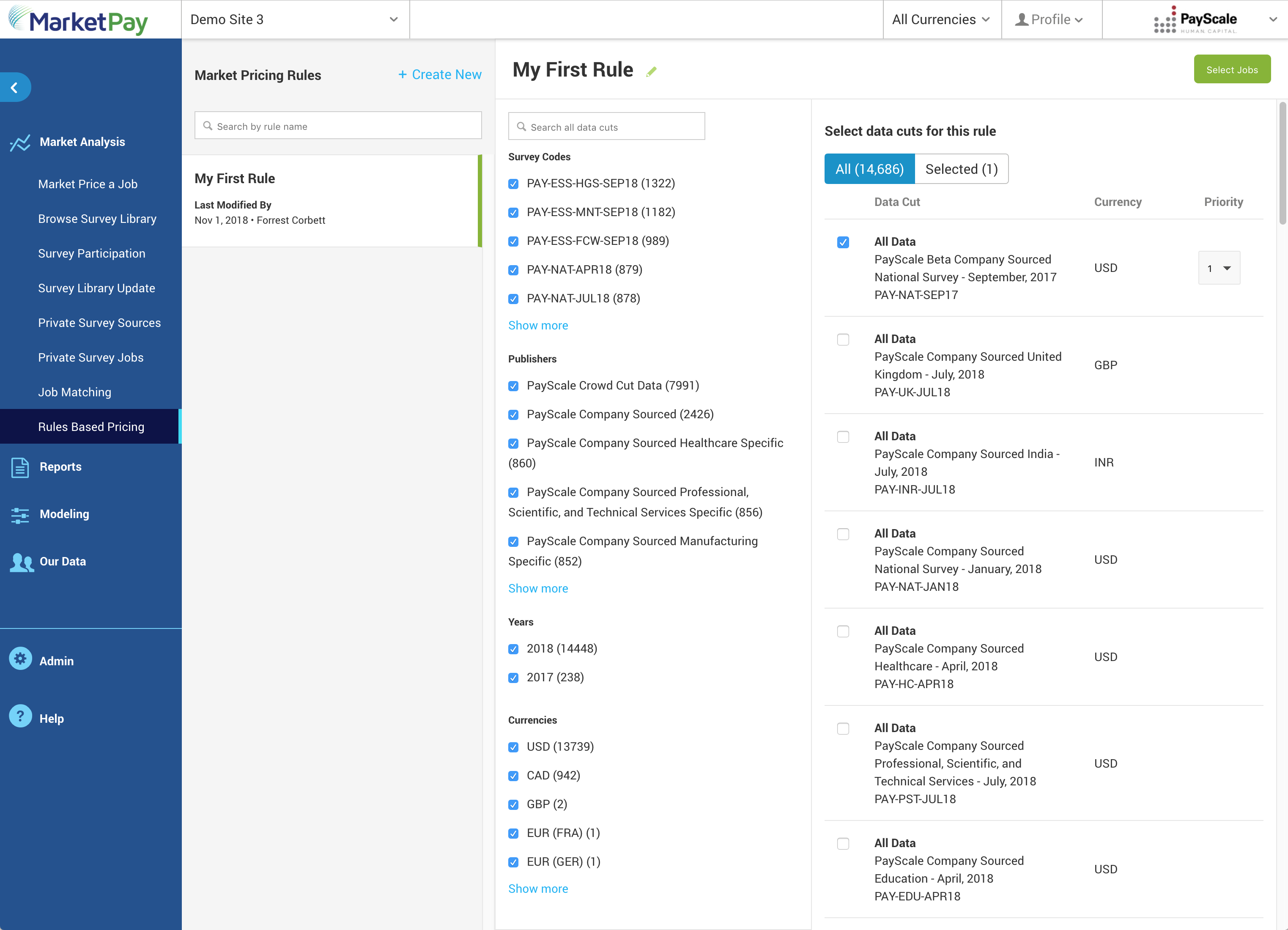
Insight & Insight Lab
Key Wins
- Cut new customer time-to-value from 24 days to same day
- Time to complete a top use case now over 3x faster
- Improved customer satisfaction on core feature by over 30%
- Reduced common support requests by over 75%
- Dramatic increase in adoption and usage of key new features
Before
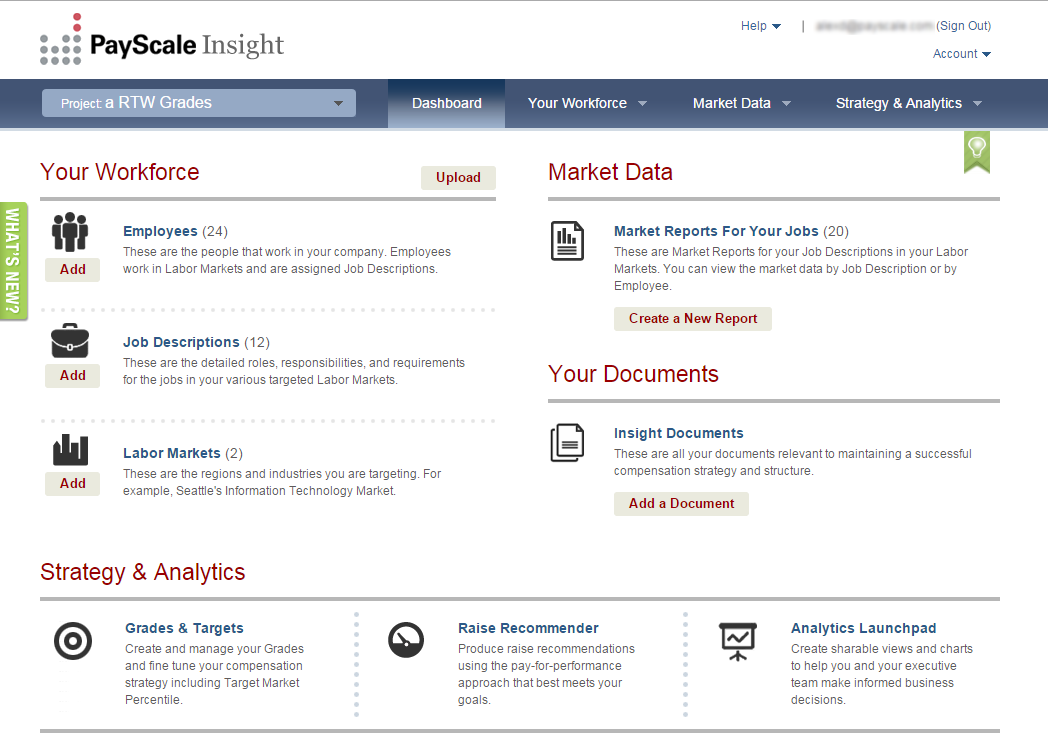
After

Before

After

Before

After
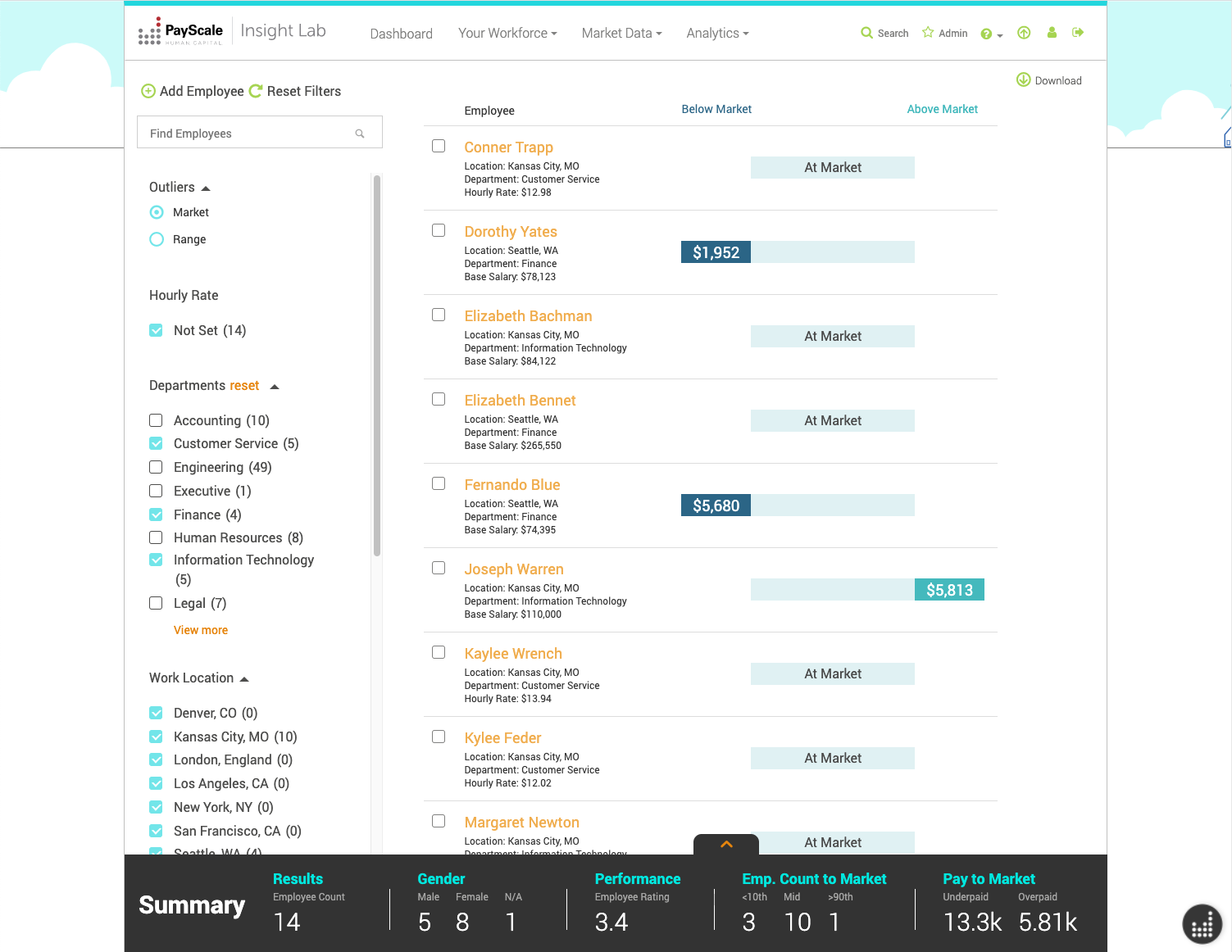
Before
- Emails
- PDFs, often out of date
- Videos, often out of date
- PowerPoint decks, emailed
- Videos of PowerPoint decks
- Word docs
- Spreadsheets
- More emails
After
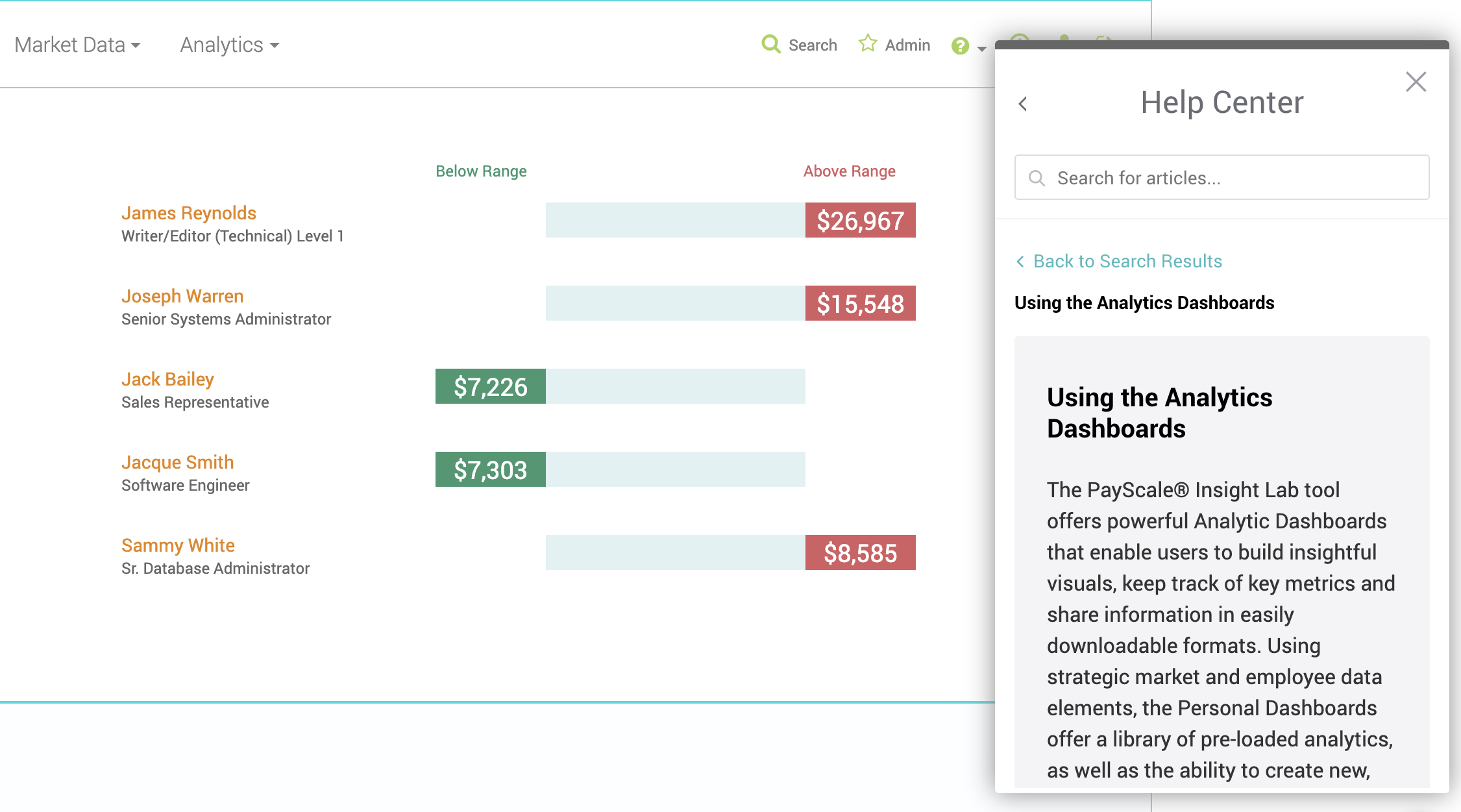
Identifying the customer
Leading efforts to improve understanding of our customers, we created alignment between product, sales, marketing, engineering and design.
Before: Who we thought a primary use was
- Role: Compensation Professional
- Goal: Have the right data
- Driven by: Numbers & Data
- Understanding of comp: Medium to High
- Desire to work in comp: High
- Approach: Analytical
- Time frame of focus: Months to Years
After: Who a primary user actually is
- Role: Human Resource Professional
- Goal: Be fair and make people happy
- Driven by: People
- Understanding of comp: Low
- Desire to work in comp: Low
- Approach: Reactive
- Time frame of focus: Days to Weeks
Trulia/MarketLeader
(2012-2014)
Mobile CRM
The industry's leading CRM, now mobile. Surpassed all UX KPIs. Designed and architected for easy re-brandablity. Highly usable and performant on a wide range of devices.

RealEstate.com
A game changer in 2012. Large map with search results as photo cards - the design has become the industry standard for consumer real estate search. Easy to see properties without a ton of clicks.
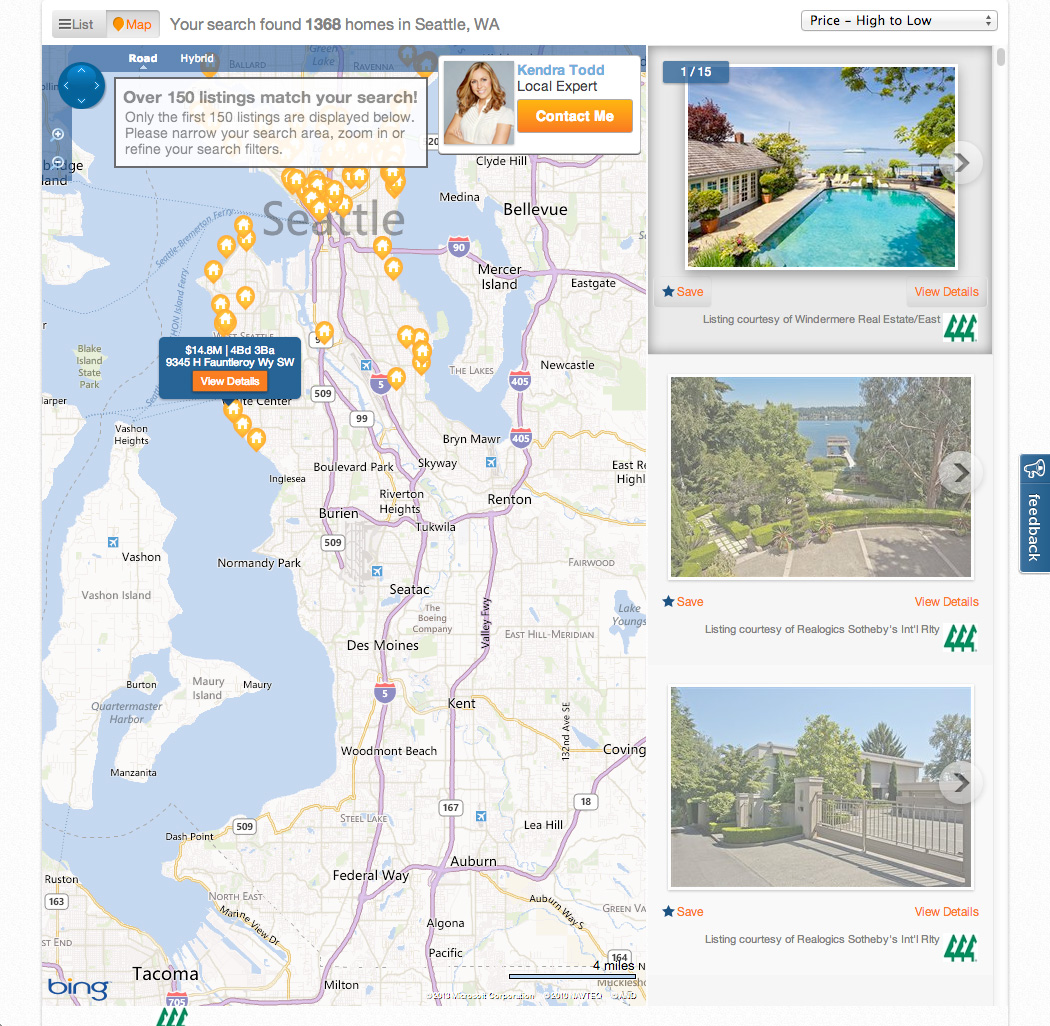
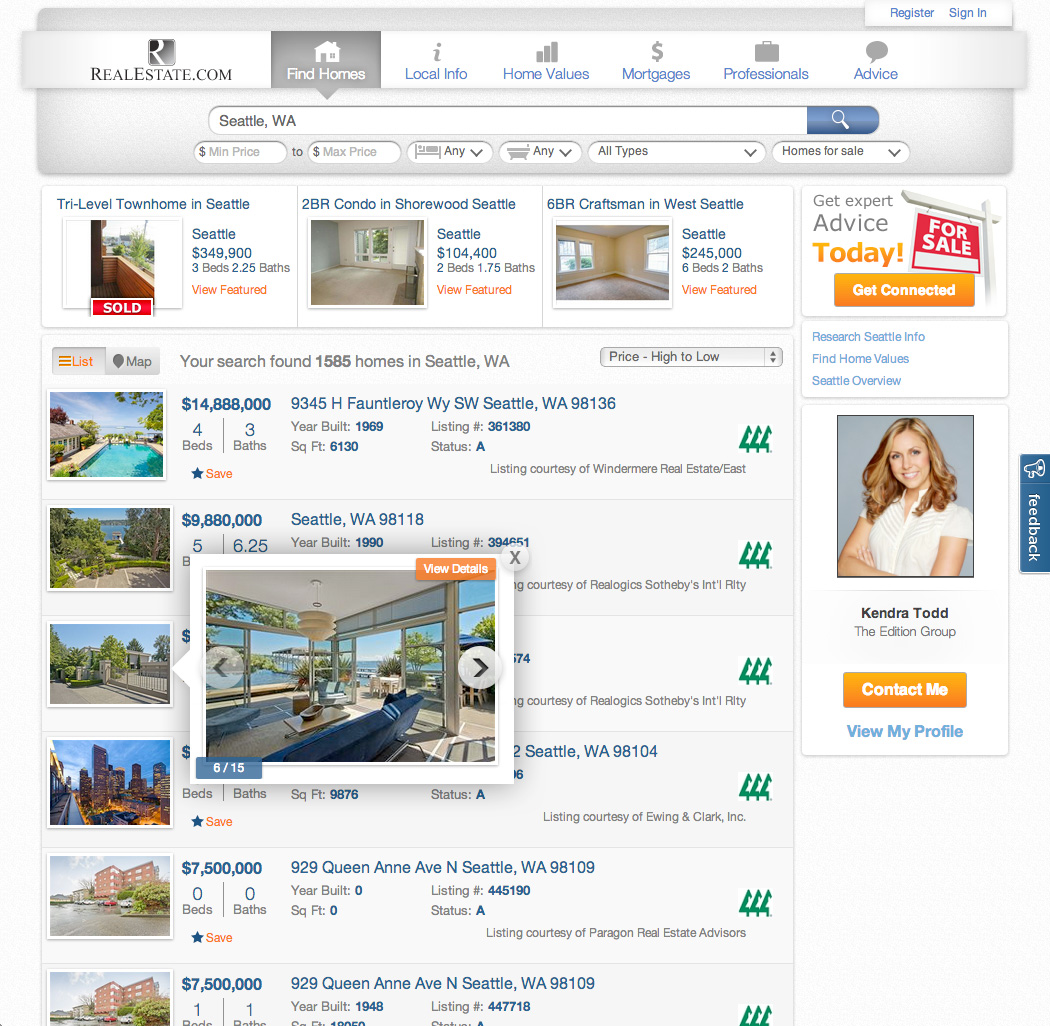
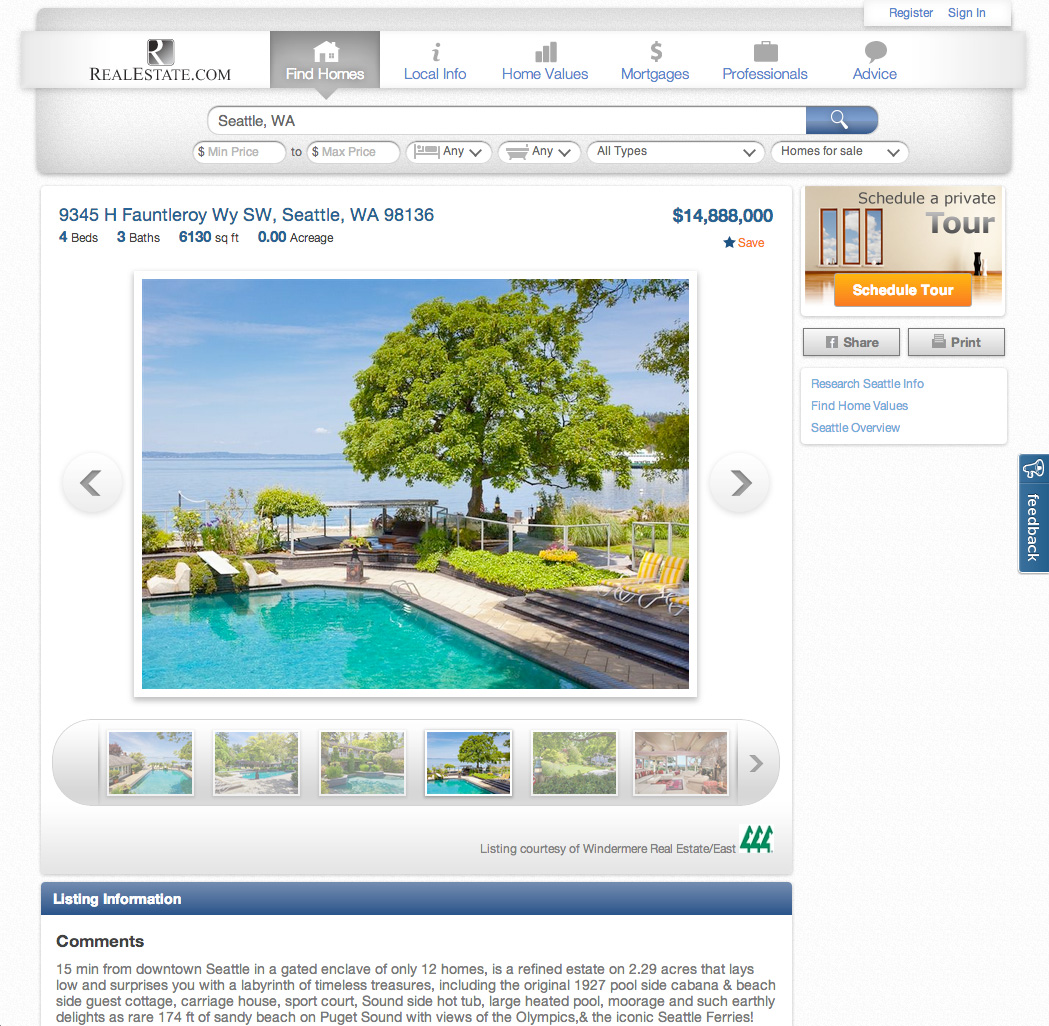
Amazon
(2011-2012)
Kindle Fire
Amazon's first Android tablet sold over 10 million units in the first six months. We prototyped interactions, designed and created highly successful content for it, and revamped the content architecture to also work on the iPad.
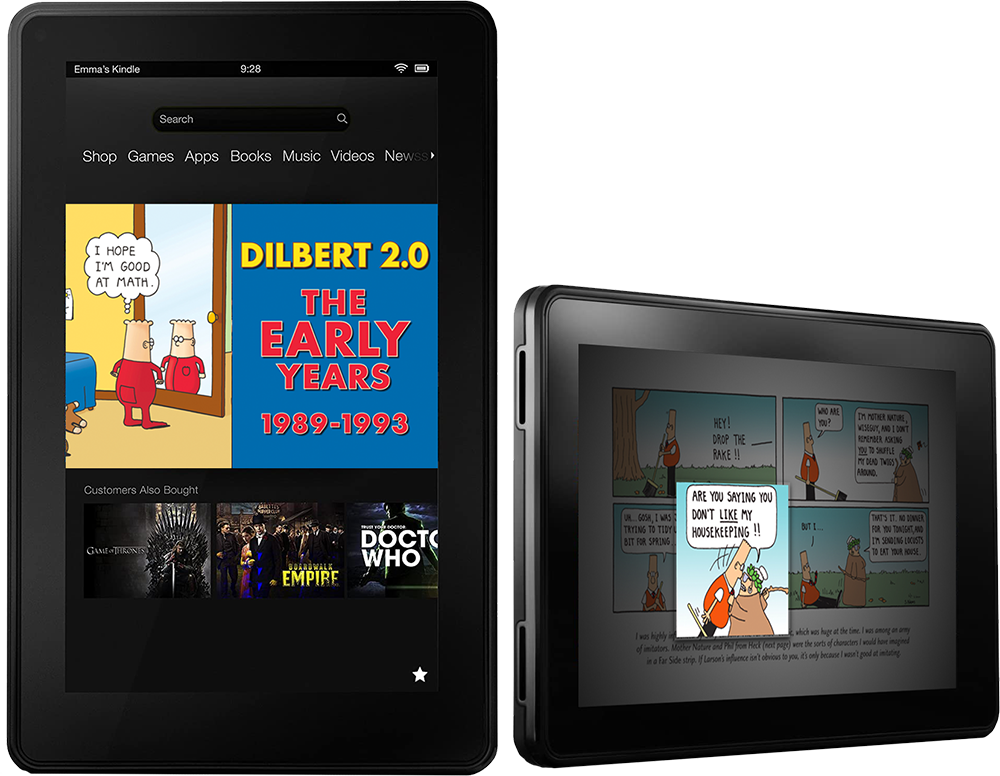
Past Highlights
(pre 2012)
Some of my favorite individual contributor design work.

